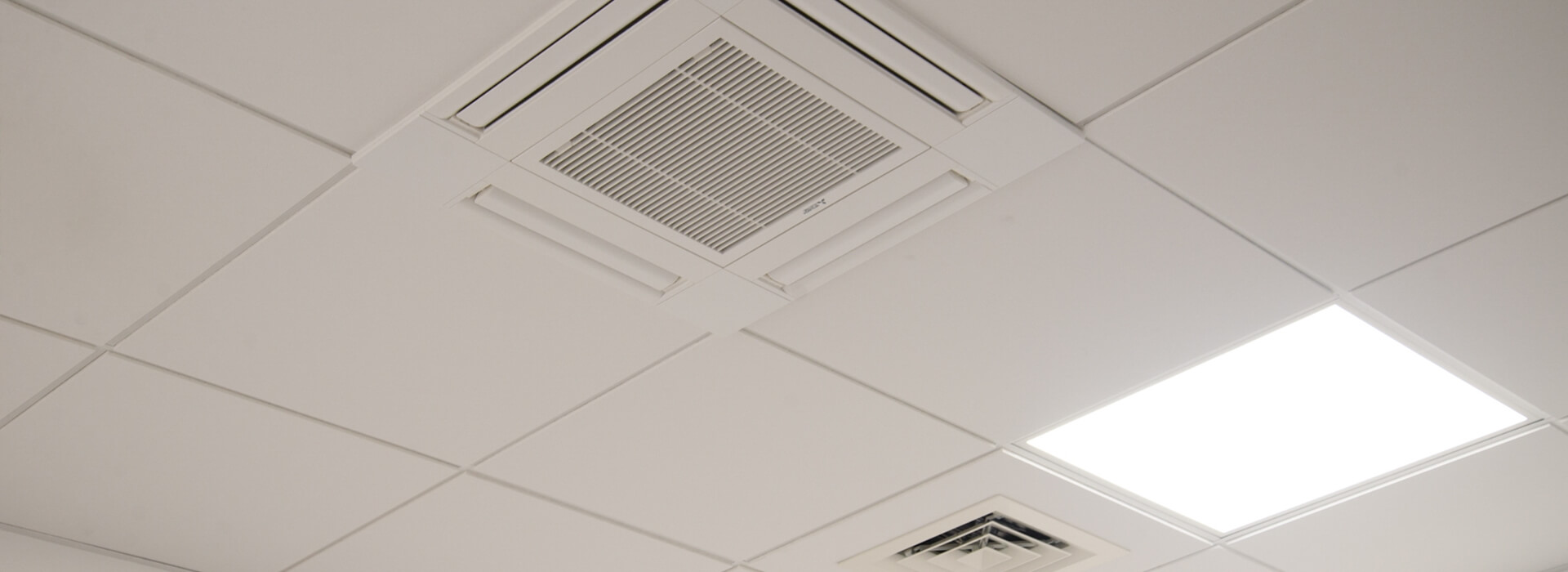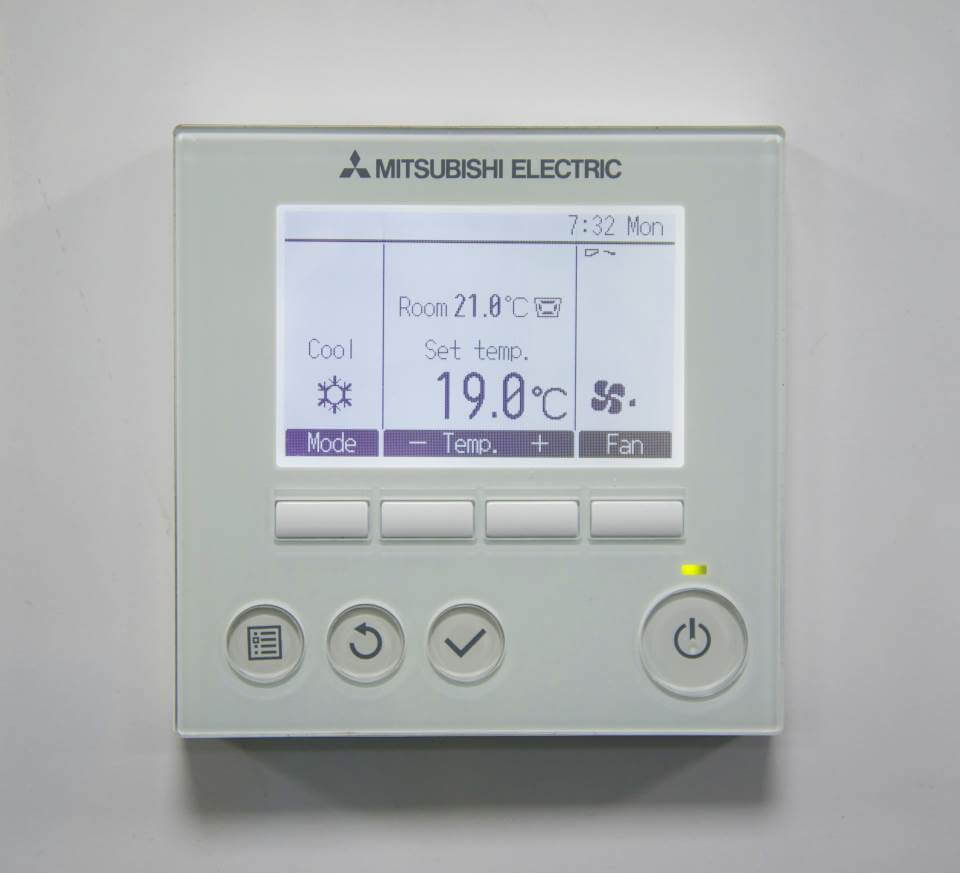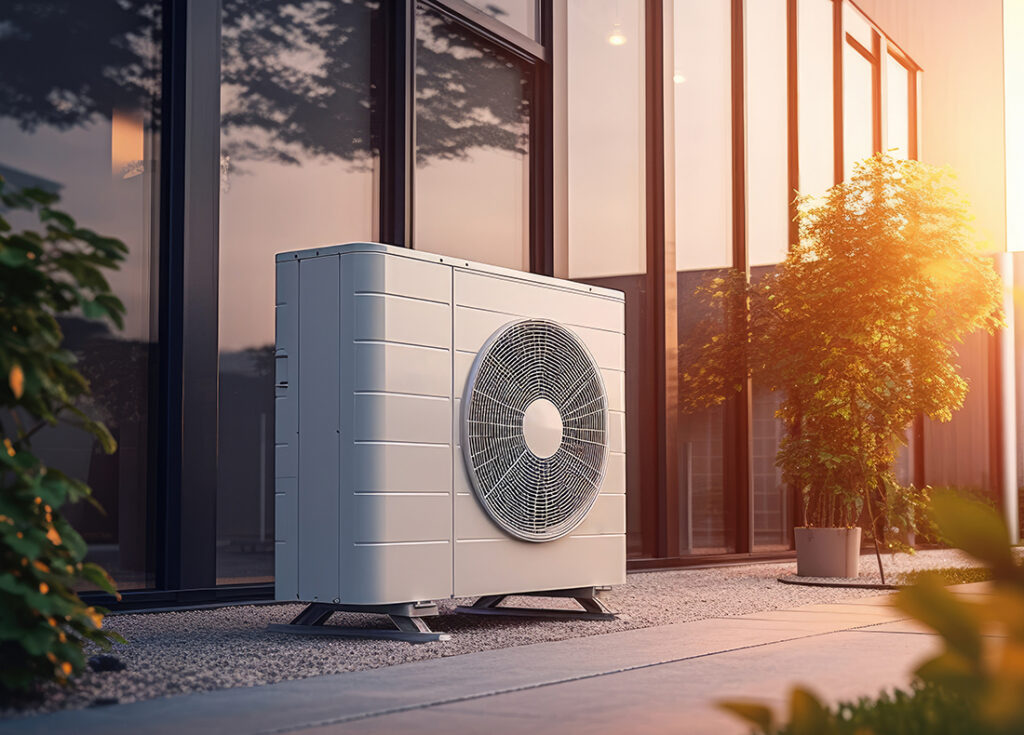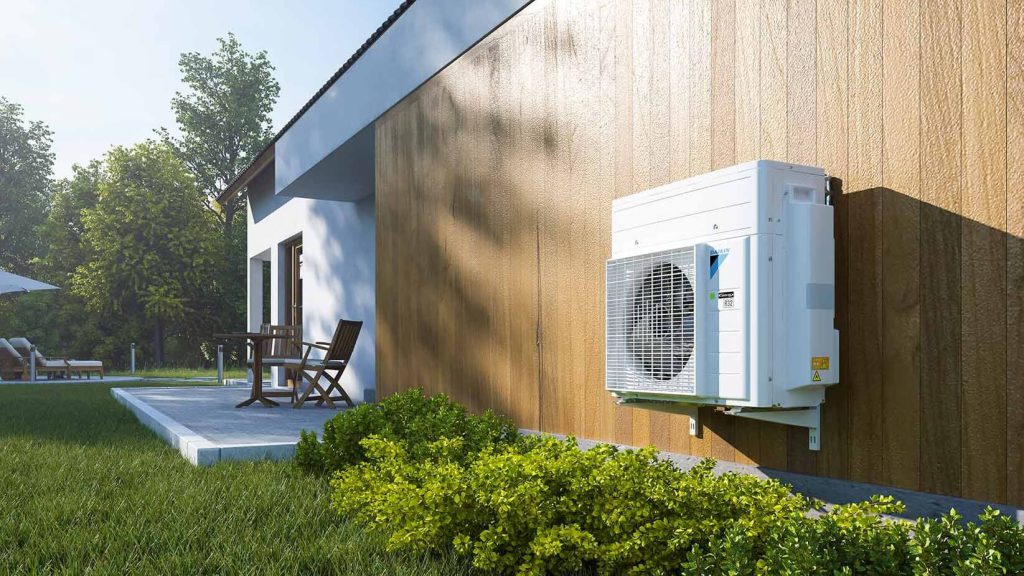Ventilation Is Vital – Making Sure Your Heating, Ventilation and Air Conditioning (HVAC) Provides Good Ventilation

Estimated reading time 11 minutes
We know that good ventilation is vital for combating COVID-19. For businesses good ventilation should be considered part of making your workplace COVID-19 secure.
According to the UK government website “Letting fresh air into indoor spaces can help remove air that contains virus particles and prevent the spread of coronavirus (COVID-19).”
The gov.co.uk website goes onto explain “When someone with COVID-19 breathes, speaks, coughs or sneezes, they release particles (droplets and aerosols) containing the virus that causes COVID-19. While larger droplets fall quickly to the ground, smaller droplets and aerosols containing the virus can remain suspended in the air. If someone breathes in virus particles that are suspended in the air, they can become infected with COVID-19. This is known as airborne transmission.
In poorly ventilated rooms the amount of virus in the air can build up, increasing the risk of spreading COVID-19, especially if there are lots of infected people in the room. The virus can also remain in the air after an infected person has left.
Bringing fresh air into a room and removing older stale air that contains virus particles reduces the chance of spreading COVID-19. The more fresh air that is brought inside, the quicker any airborne virus will be removed from the room.”
A short film released by the government as part of the ‘Hands. Face. Space’ campaign shows how coronavirus lingers in enclosed spaces and the importance of ventilation to reduce spread of COVID-19. Although this film looks at how to keep a home well ventilated, the film is just as relevant to workplaces.
Research has shown that being in an area with fresh air can help to reduce the risk of infection from particles by over 70%.
Ventilation and Making Your Workplace COVID-19 Secure
The Health and Safety Executive (HSE) have continued to provide advice on ventilation and air conditioning during the pandemic.
This HSE site explains employers must make sure that there’s an adequate supply of fresh air in enclosed workspace areas. It’s important to maximise the amount of fresh air in the workplace through:
- Natural ventilation which comes from passive air flow through windows and doors or air vents and
- Mechanical ventilation using fans and ducts including air conditioning to bring fresh air from the outside, inside.
Adequate ventilation will be different from workplace to workplace. You’ll need to consider a number of factors when deciding what ventilation your workplace needs. This will form part of your workplace fresh air (ventilation) risk assessment.
Ask yourself the following questions to build up a picture of the risk:
- Are all areas of your workspace e.g. offices, meeting rooms, break rooms, changing rooms, kitchen and tea points ventilated? It may be useful to use floor plans to list all areas.
- How many people occupy/use each area? The more people that occupy or use a room or work area the higher the risk of infection. Reducing the number of people within an area reduces the risk.
- How much time do people spend in the workspace? Research has shown that the longer people stay in the same area the greater the risk. Look at how long people occupy a given area and how many come and go throughout the working day/night. Then think about ways that the numbers could be reduced e.g. perhaps by using a rota or booking system?
- How large is the workspace? The larger the area the lower the risk as the bigger the room the more air to virus thereby diluting the virus and the longer it will take for aerosols to build up. A larger area is also more likely to have been designed with higher ventilation rates.
- What activities are carried out? Physically demanding activities and tasks which make you breathe deeper increase the generation of aerosols, increasing the risk of transmission. Look at whether these sort of tasks can be moved outside or redesigned to reduce the risk.
- Is there anything present in the workspace that could impede ventilation? Do you have any large pieces of equipment or machinery that would prevent good air flow? If the answer is yes you should look at ways of improving the flow of air where you can to prevent a stagnant workspace.
- Does your building use a complex ventilation system? Some older buildings and buildings where there are multiple floors may have different ventilation systems. Systems that are designed for product manufacturing may include additional recirculation and may need to be assessed to ensure that the ventilation across the building, floors and rooms is adequate and is performing correctly to reduce transmission of COVID-19.
Overall the risk assessment should help you to identify well ventilated and poor ventilated areas, assess the risk of transmission and decide on the steps you need to take to improve ventilation.
Further information and guidance for workplaces and public buildings on the practical design of heating, ventilation and air conditioning systems and emerging from lockdown is also provided by the Chartered Institution of Building Services Engineers (CIBSE).
It’s important to note that adequate ventilation alone does not prevent Covid-19 from spreading through close contact and is only one of the actions you should take to reduce the spread of COVID-19.
Maintenance of Heating, ventilation and Air Conditioning Systems
Of course it’s not good enough to just have an HVAC if that HVAC is not regularly maintained. This is even truer today when you need to ensure that your HVAC will provide the ventilation your building and workspace requires to help mitigate the risks of COVID-19 transmission.
With winter fast approaching there’s an added reason to make maintenance a priority. As we move from requiring our HVAC to cool the workplace to heating the workplace this can put extra strain on the system and without maintenance to ensure its performing as it should you run the risk of poor performance or a complete breakdown. It’s therefore easy to understand why Planned Preventative Maintenance (PPM) of your heating, ventilation and air conditioning is vital.
Planned Preventative Maintenance of Your HVAC
PPM takes care of your HVAC by carrying out a series of checks to ensure it’s running efficiently and effectively throughout the year, no matter what the weather outside is doing.
Gary Piper of Synecore explains “Keeping your air conditioning system well maintained is not difficult, especially with Planned Preventative Maintenance Schemes, such as ours, where the air conditioning system is regularly serviced, cleaned, checked for leaks and tested. Most importantly these under-maintained systems could be a sign the hotel is not fulfilling its legal obligations of remaining FGas compliant and they possibly do not hold an up-to-date TM44 assessment.
“Large air conditioning systems, often found in hotels, must be regularly leak tested to prevent the release of harmful ozone depleting gases being released into the atmosphere. A poor performing system could be a sign of a leak and it must be rectified immediately, or the hotel could receive significant penalty fines if not addressed.”
Many of the benefits of PPM can also be found in one of our previous articles Why It’s Important To Stay On Top Of Air Conditioning Maintenance.
What Does an HVAC PPM Entail?
A PPM starts with a visual inspection of your HVAC to check for any problems. This inspection can help to highlight any small issues or potential faults that haven’t yet become major problems. Doing this helps to avoid problems which could have been a simple fix developing into major problems which could result in a major repair bill. Implementing regular air conditioning maintenance can help maintain up to 95% of your air conditioning system’s efficiency.
Following on from the visual inspection other checks will be carried out depending on what the inspection found along with a set of regular inspection checks. These are:
Inspect and changing the filters. Filters play a major role in how air conditioning works. As air passes through the HVAC any particulates, dust, dirt, grime, pollen etc. are filtered and can build up and the filters can become clogged. When this happens the air conditioning has to start to work harder just to maintain the set room temperature and keep the air clean. Ultimately your HVAC will stop performing as it should. Inspecting and changing the filters is one of the easiest and potentially most important aspects of air conditioning maintenance.
Clean the condenser and evaporator coils. In an air conditioning system the condenser and evaporator coils are the part of the unit that releases or collects heat (heat transfer). If there is a build up of dust and dirt on these elements this can clog the coils causing reduced heat transfer and air flow, decreased cooling, increased operating temperature, reduced energy efficiency, all of which can lead to increased energy consumption, reduced air quality, increased wear and tear on the system and reduced life expectancy.
Clean the condensate drain. Like the condenser and evaporator coils the condensate drain must be kept clear of debris and dust. If the condensate drain becomes clogged it can cause water to accumulate causing water damage. As a result of the accumulation of water, mould can grow, humidity levels can rise and air quality will be poorer.
Check the ductwork. The ductwork transports the warm or cool air throughout a workspace or building. Well maintained air ducts play an important role in a functioning HVAC. Through normal wear and tear the ductwork can become damaged. It’s therefore important to check for any gaps or holes and connections in the ductwork that become loose over time. Any gaps, loose fittings or holes that are found should be properly sealed which will improve the efficiency of the system.
Check the insulation on coolant lines. In air-conditioning insulation on coolant lines protects against condensation and subsequent build up of moisture and leaks. Insulation also maximises the energy efficiency of the system.
Check electrical connections. Just like any other electrical connections, over time electrical connections in HVAC systems can become loose or break. An air conditioning maintenance check will determine whether there are any damaged, frayed, loose or detached wires and replace any that need repair.
Check the control panel and thermostat. The control panel and thermostat control room temperature. If there is a discrepancy between the set temperature and the actual room temperature there may be an issue with the control panel or the thermostat.
Check the refrigerant levels. HVACs need refrigerant to function. If refrigerant levels drop the compressor has to work harder to maintain the set temperature. Eventually the lower level of refrigerant may cause damage to the system. If there’s a drop in the refrigerant level this is a good sign that there is a leak somewhere in the system as refrigerant isn’t used up by the HVAC. It’s vital to identify how refrigerant is escaping. Leaks most commonly occur from the evaporator coils, condenser coils and refrigerant lines. Refrigerant leaks are very serious. If you suspect you have a refrigerant leak you must call a professional HVAC and M&E contractor.
Lubricate moving parts. Air conditioning systems have many moving parts including the compressor, fan motor and fans. These parts must be kept clean and lubricated otherwise there‘s a risk of wear and tear and stress on the parts. Lubricant forms a film of oil between each of the parts that come together allowing them to move easily. Using lubricant extends the lifetime of HVAC units.
Finally the system should be fully tested. A full system test should be carried out to ensure the system is running efficiently and effectively.
The Right HVAC and Planned Preventative Maintenance
Determining the right air conditioning system for your business premises and carrying out maintenance requires mechanical and electrical (M & E) engineering expertise.
An HVAC is a complex piece of equipment that requires expert knowledge and understanding and different buildings will have different HVAC designs and setups specific to each setting. For some older buildings the ventilation system may not meet current standards and may need to be updated to provide adequate ventilation. For the reasons above you should seek the advice of an HVAC engineer.
Air Conditioning and Planned Preventative Maintenance Experts
Synecore are experts in air conditioning systems and can advise you on the best air conditioning system for your business premises. Synecore are approved installers of the industry’s leading air conditioning products by Mistusbishi Electric, Daikin and Toshiba and operate throughout Kent, London and the UK, providing commercial and industrial clients with the very best in air conditioning maintenance.
If you’re looking to install a new air conditioning installation system, replace an old system or setup a maintenance contract for your existing air conditioning contact our team or call us on 01795 509 509. We’ll talk you through your options and provide you with expert advice.



